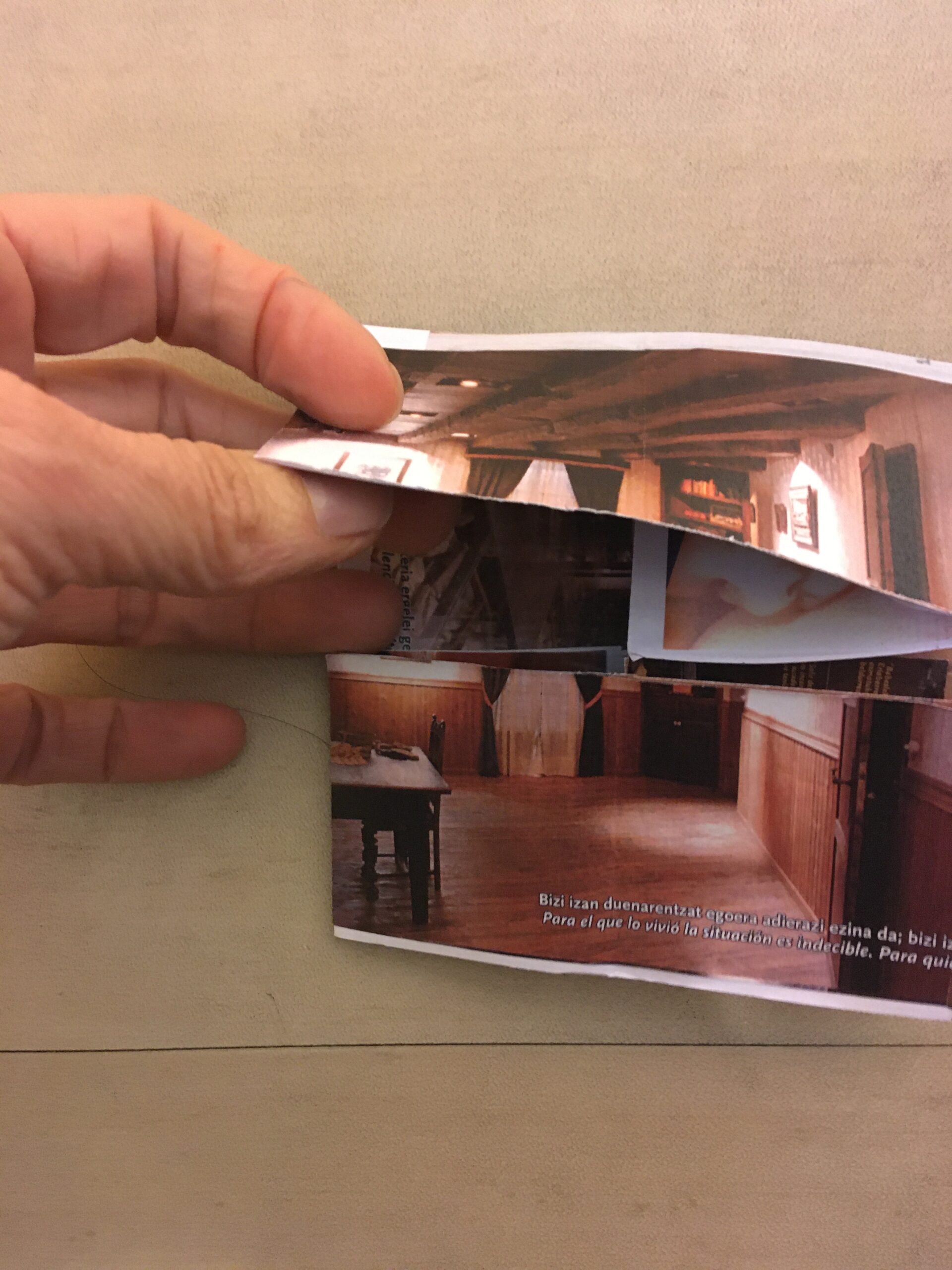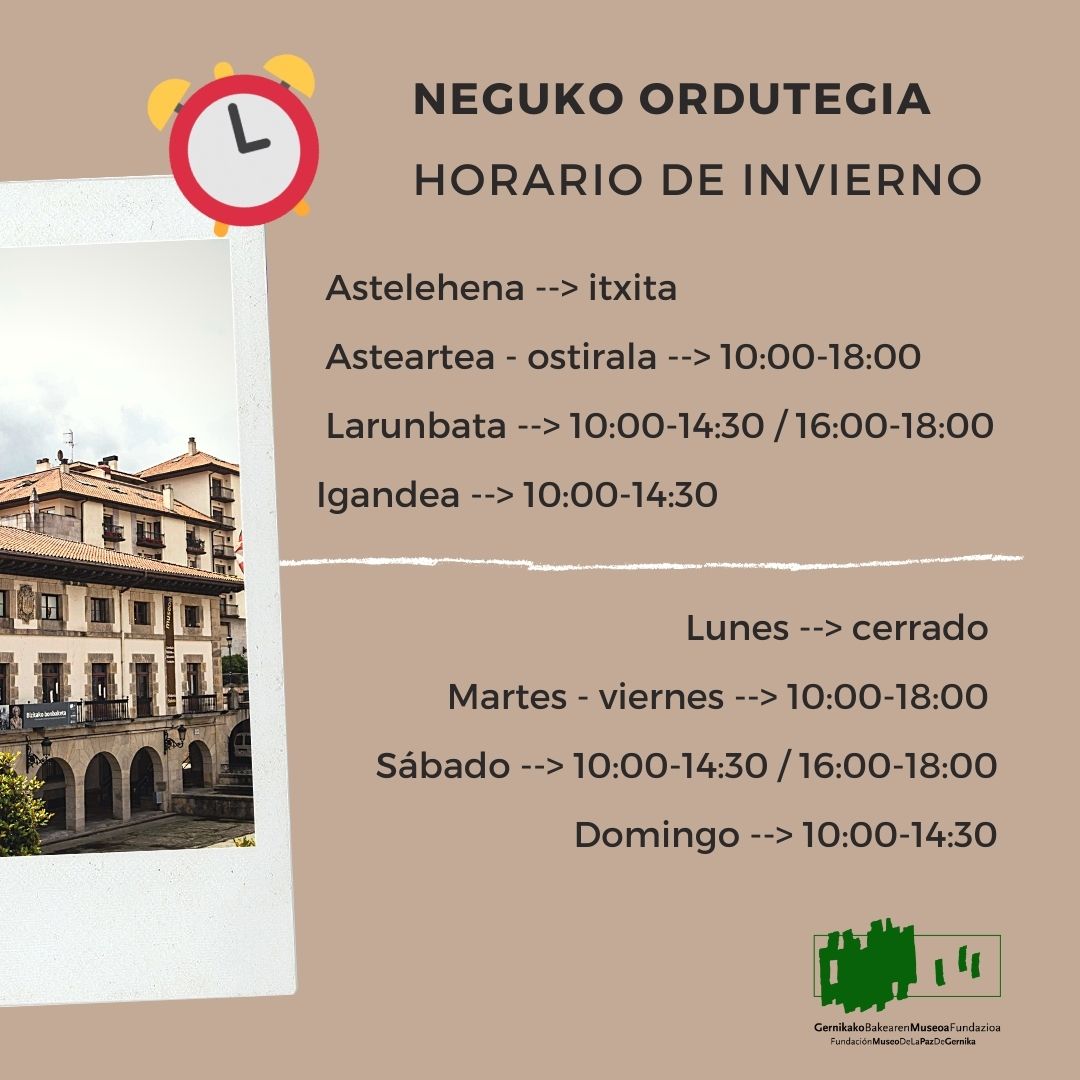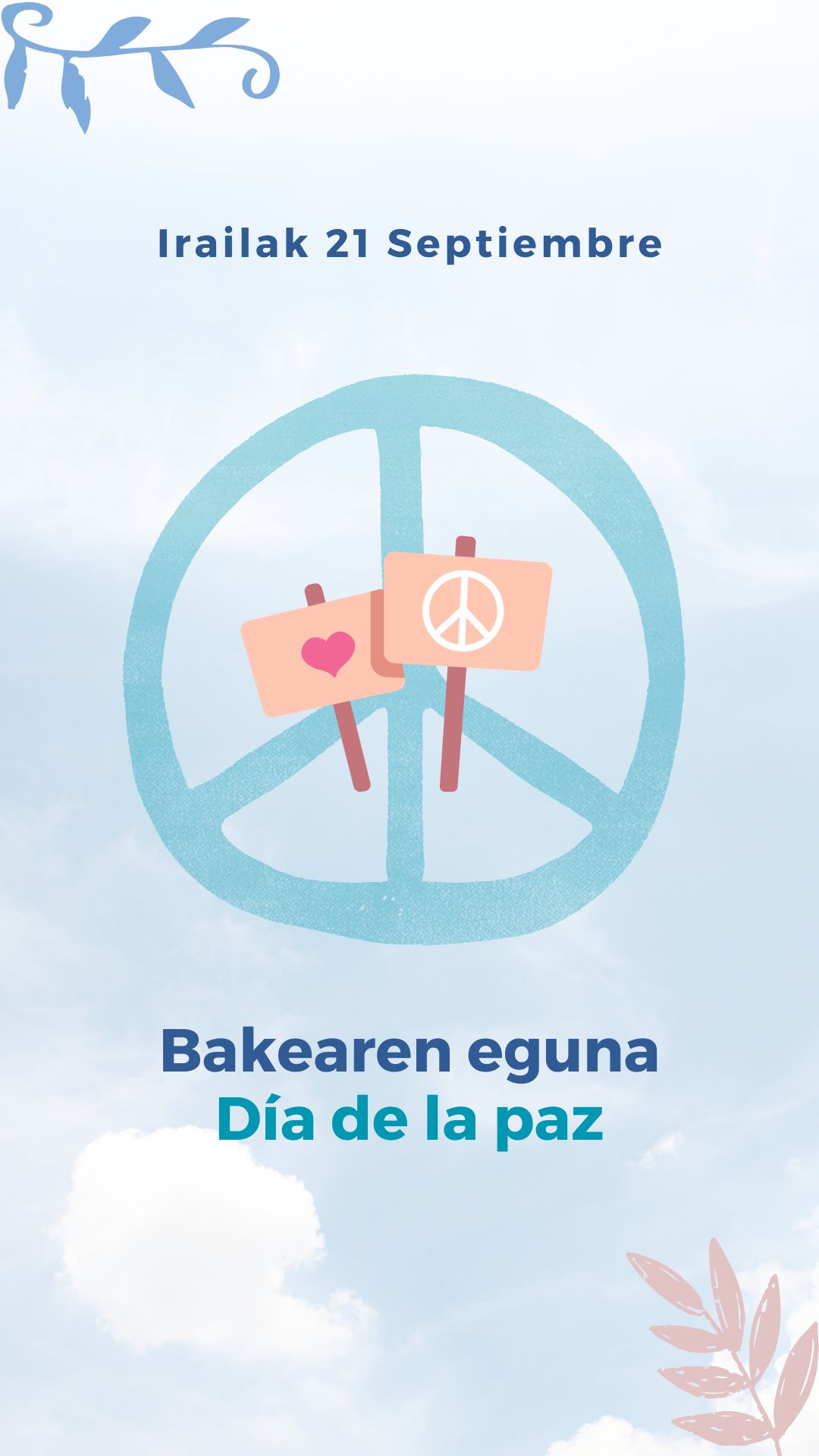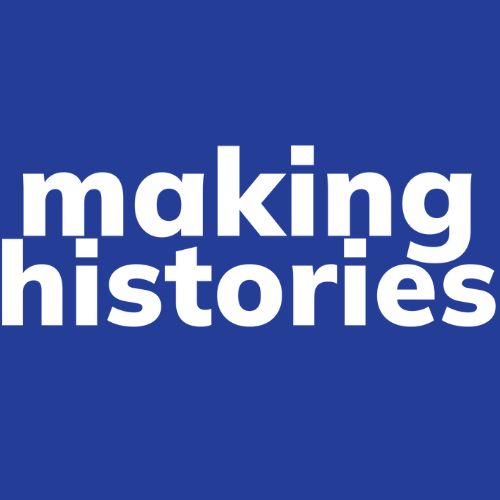Making Histories
The central aim of this project is the creation of an international and interdisciplinary network of institutions to produce new knowledge in order to enhance the role of historical representations in today’s democratic and reflective societies.
Making Historiesis a project to promote an interdisciplinary and dialogical conception of the production of knowledge on historical culture and education, in a growing context of globalisation.
The central aim of this project is the creation of an international and interdisciplinary network of institutions to produce new knowledge in order to enhance the role of historical representations in today’s democratic and reflective societies.
A total of 18 institutions from Europe, Australia, Canada, Korea, Israel and Latin America will participate in MAKINGHISTORIES. Special attention will be paid to the presence of gender and the importance of the challenges of globalisation. This project will produce research articles, books, and a digital professional development course, generating a dialogical vision in history teaching.
zuzendaritza@bakearenmuseoagernika.eus
-
 Gernika Peace Museum Fondation
Gernika Peace Museum Fondation
- Funded by the European Union
1. Introduction
The Gernika Peace Museum is part of the European Union-funded Making Histories project. This project will run for four years (2023–2026) and involves a network of 18 institutions around the world and a team of more than 50 teachers, academics, and museum and memorial site workers.
It is an interdisciplinary project that explores how we think, make, and recreate history.
The group’s first meeting took place in Madrid on 9-10 March 2023.
2. Our stay at La Sapienza University in Rome with Giovanna Leone
Hosted by Professor Giovanna Leone of La Sapienza University in Rome, Iratxe Momoitio Astorkia and Idoia Orbe Narbaiza from the Gernika Peace Museum completed their first research secondment in the field of historical museums and their different ways of making history for citizens. It was an intense and fruitful stay, during which they had the opportunity to learn about different museum realities (Rome, Turin, Milan, Fossoli, Carpi, Marzzabotto, Reggio Emilia, Gattatico, Piana delle Orme, Anzio…) as well as meet with their managers and gain a deeper understanding of the activities carried out by the different departments.
They began their museum tour by visiting the Museo Storico dell’Arma dei Carabinieri.
3. Museo Storico de la Liberazione, Fosse Ardeatine, IMI
Delving into the work of remembering a tragic moment in our recent history, namely the fascist period, World War II and the post-war period, Idoia Orbe Narbaiza and Iratxe Momoitio Astorkia visited three museums and significant places of memory:
a) The Museo Storico della Liberazione where they had the pleasure of interviewing its president, Antonio Parisella, as well as the head of its library (Ilaria Colarossi) and its archive (Carmen Federici). Throughout its rooms, they were able to get an idea of the situation during the German occupation of Rome (September 1943-June 1944) and its liberation, and see the cells where the SS tortured members of the Italian resistance during that period in the well-known Via Tasso.
b) They visited the Mausoleo delle Fosse Ardeatine, which commemorates the Nazi reprisal of 24 March 1944 against 335 men who were murdered and buried in the caves of the Fossas Ardeatinas after a previous attack by the GAP partisan group.
c) El Museo Vite di IMI (Internati Militari Italiani), where they were welcomed by Elisabetta Lecco, who explained to them through the museum’s rooms the unknown history of its protagonists, the so-called IMI (Italian interned military personnel) who, after refusing to support Mussolini following the armistice and the establishment of the Republic of Salò, were sent to internment camps in Germany. They were also able to admire part of her library on the subject.
4. Re-enactments: Piana delle Orme and Anzio
Part of this project aims to verify whether historical re-enactments have served and continue to serve as a tool for disseminating history. Of the museums visited, only two made use of this educational tool:
a) The Museo Pianna delle Orme with its extensive collection of materials recreating rural life in the area and numerous scenes from the Second World War.
b) the Museo dello sbarco di Anzio, where, over the years, the association that manages it has been able to collect uniforms, documents and objects that transport us back to that historical moment. For several years, they have organised important reenactments of the Anzio landing.
5) Polo del 900 y Museo Diffuso della Resistenza, della deportazione, della guerra, dei diriti e della libertà (Torino)
Iratxe and Idoia travelled from Rome to Turin to learn about other important museums and cultural realities.
a) Chiara Cavallarin from Museo Diffuso della Resistenza, della deportazione, della guerra, dei diriti e della libertà, presented the concept of an innovative and unconventional museum with a tour of 20 important places in the history and memory of Turin in the 20th century.
b) Polo del 900 is a cultural centre that brings together 23 different entities involved in historical, social, economic and cultural research on the 20th century, with the aim of safeguarding the values of resistance, democracy and freedom through its library, events and archives.
6) Memoriale della Shoah and CDEC (Milano)
a) The word indifference welcomes visitors to the Memoriale della Shoah di Milano, located in Milan’s central station, from where numerous trains departed carrying Jews to Nazi extermination camps. The president of the Memoriale della Shoah, Roberto Jarach, and the head of the educational department, Saberio Colaccico, were our guides on an emotional visit.
b) In the same building, they had a very fruitful meeting with Patrizia Baldi, head of education at the Fondazione Centro di Documentazione Ebraica Contemporanea (CDEC), who told them about the numerous projects they are developing, such as their digital library.
7) Istituto Ferruccio Parri and Casa della Memoria (Milano)
Not all the places visited were museums. The Istituto Ferruccio Parri, directed by Sara Zanisi, carries out commendable archival, dissemination and educational work throughout Italy and coordinates a network of institutes for the history of the resistance and contemporary history. One event that lratxe and Idoia enjoyed at the Istituto Ferruccio Parri was the dramatised reading of ” Di rosso e di nero. Le violenze politiche del primo dopoguerra ” at the Milanese town hall.
Se acercaron a la Casa della Memoria donde Maria Fratelli les dio cuenta de la razón de ser de esta entidad, que ofrece una amplia variedad de exposiciones de arte contemporánea y es la sede de numerosas entidades memorialistas, entre ellas el Istituto Ferruccio Parri, ANED, AMPi, etc.
8) Monte Sole, Istoreco, Fossoli, Carpi, Gattatico
They spent the last few days of their trip exploring another part of Italy, visiting and observing the work of colleagues at the Scuola di Pace di Monte Sole, Istoreco, Casa Cervi, and the Fondazione Fossoli.
a) In the middle of an idyllic landscape, near Marzzaboto, the Scuola di Pace di Monte Sole showcased its educational work through a workshop with a group of young people from Florence. Elena Moniceli, Elena Bergonzini, and Stefano Merzi were their hosts.
b) The Fondazione Fossoli manages the Carpi Deportation Memorial Museum, as well as the Fossoli Camp and the former synagogue. Marzia Lupi and Francesca Schintu showed the work carried out by a unique museum during its 50 years of existence (Carpi Deportation Memorial Museum), and the future project for the conservation and enhancement of the Fossoli Camp.
c) Gema Bigi and Roberto Bortoluzzi from Istituto Istoreco (Istituto storico di Reggio Emilia), together with archivist Michele Bellelli, showed the extensive archive of Reggio Emilia and explained the work carried out over more than 20 years with the memory trips.
d) The Director of Casa Cervi, Paola Baresi, and the heads of the educational department, Gabriela Gotti and Eleonora Taglia, presented the creation of this spontaneous museum, which was born after the murder of the seven Cervi brothers on 28 December 1943, and its educational work. Iratxe and Idoia had the opportunity to hold a workshop with a group of young Italians.
Research in school History textbooks on the explanation of the bombing of Gernika and Picasso’s “Guernica”.
During the period of research carried out , we have been able to review the entire Spanish bibliography of school textbooks for the different school levels in which the Civil War is explained from 1945 to 2023. Therefore, books from the Franco era, the transition and the democratic era up to the present day were reviewed.
Books from many other nations have also been consulted and scanned to see how the subject matter is reflected in them.
Apart from Spain, the countries most consulted were France, Germany and Italy, both because of their geographical proximity and because of political issues related to the bombing of Gernika. 46 Italian books were consulted. As for German books, 30 have been consulted and 28 French manuals were reviewed.
Australia, Belgium, Bolivia, Brazil, Colombia, Denmark, Great Britain, Hungary, Ireland, Mexico, Norway, New Zealand, Poland, Portugal, Serbia and the USA are the countries whose books were also consulted.
Objectives of the research developped
- Visit different museums (In Cyprus –South and North–, in Athens and in Istanbul) that talk about the history of the country with an special emphasis on the permanent or temporary exhibitions related to the conflict in Cyprus in order to acknowledge how this difficult past is reflected (or not) on these exhibits and the materials (objects, pictures…) and how visitors get to know about those issues through this permanent or temporary exhibitions. We visited 25 museums.
- To see how educational activities (guided tours, workshops and other kind of activities) are developed in different places museums, centers to teach in different ways to pupils and other kind of groups, associations about this recent and painful history.(Limassol, Nicosia, Larnaca…)
- To understand and get to know practices of art (specially per-formative arts as theater, reenactments…) and the companies that have dealt with this difficult past and have worked with other museum professionals (historians, urban planners, psichologist…) to bring their plays to the general public with another approach, view and language. (Nicosia, Limassol, Famagusta, Atenas…).
More

A Sunday at the Museum (Activity for families)
In this proposal, we will get together to give free rein to our imagination and work with our hands in a craft activity in which we will create an ‘infinite…

Change in the Museum’s opening hours (winter opening hours)

International Peace Day
On 21 September, we celebrated once again the International Day of Peace.

